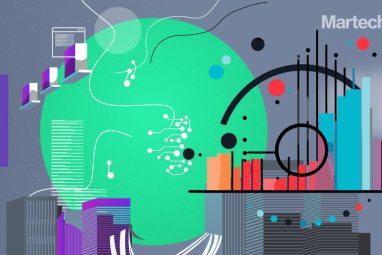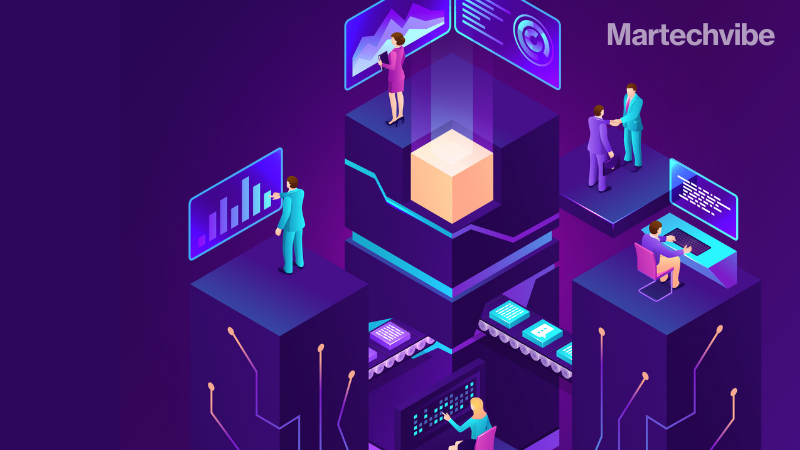From Data Expiration to Dataception
Have you ever thought about adopting a hobby by first thinking about buying the gadgets or tech? I want to start running; I must buy a fitness tracker or a treadmill I want to pursue photography; I must buy a camera I want to play an instrument; I must buy a guitar Six months to […]
Topics
Have you ever thought about adopting a hobby by first thinking about buying the gadgets or tech?
- I want to start running; I must buy a fitness tracker or a treadmill
- I want to pursue photography; I must buy a camera
- I want to play an instrument; I must buy a guitar
Six months to a year later, you are using the treadmill to hang clothes, and the guitar has turned into a showpiece. The idea that we must first buy a “shiny new thing” to do “something” is thinking backwards. Start by doing, understand what you can and cannot do, and what you need to become better. Is it better equipment, a qualified trainer, more time in the week…think before you splurge on gadgets; you need to make an informed decision, not a blind one.
It’s the same with data and digital transformation. You often hear in organisations that if only you could buy these different tools, you will attain the digital nirvana – data-driven business decisions that bring in additional revenue and make customers happy? So do you need to buy a CDP, a DMP, a CRM, Marketing Automation tool and look at BI, ML, and AI?
Also Read: Understanding and Influencing Customer Behaviour Using Customer Data
You definitely need some basics to get started. But if you don’t already have a strategy and the right-thinking embedded in your organisation, the tools are not going to help.
Before you start buying and building, think of:
- The role that data is going to play for Customer Experience
- The problems to be solved
- What can you do with the data you currently have?
- What is preventing you from effectively using the current data?
- Who will sponsor this initiative and who will champion it?
- Where does the ownership lie?
- How will decision-making change as a result of investment in data?
- What skill-sets do you need in your teams to derive full value from your investments?
- What is your data governance plan?
If you have done all that, the next thing on your mind will likely be – how to build a single view of the customer, what are the data types, and what technology do you need to support it? Should you get a Customer Data Platform (CDP) or a Data Management Platform (DMP)? Or both?
Also Read: Customer Experience and Customer Service, What Should Brands Focus On?
A CDP and a DMP have different functions though there is some overlap. A CDP is primarily for your first-party data. It collects information from online and offline interactions of your customers and matches it to a single customer profile. The effectiveness of data matching plays a crucial role in determining which platform to select. A CDP can do this retrospectively (reverse stitching). So you can build a single customer view and segment your audience effectively, and then make that data available for other solutions such as marketing automation. Otherwise, you continually have to deal with data expiration – data that is no longer relevant, and you can’t identify what customer data is relevant and what is not. Especially true in the Middle East with significant expat populations.
Customer Data Platform (CDP) is able to provide a 360-degree view of the customer gathering data from multiple sources into one platform.
Also Read: Omnichannel Programmatic is The Way Ahead in 2019
DMPs work for new/ anonymous audiences, enable audience segmentation, and have the ability to find look-alikes of your best customers who you can then reach with ad buys. DMPs don’t have PII (Personally Identifiable Information) but are mainly dependent on second and third-party data that needs to be of good quality. There’s a lot of detailed information about the merits of both, and they complement each other. However, privacy concerns are definitely affecting DMPs. This is especially true in the light of GDPR and the privacy measures being introduced by Apple and Google. DMPs are also pivoting to privacy-first models. This further underscores the need to have good first-party data.
Also Read: Microsoft and Oracle Combine Forces to Offer Multi-cloud Services
In a market like the Middle East, where companies still have data in silos, which is difficult to segment because of the challenges in building a single customer view, a CDP is a better starting point. For businesses where offline transactions are still a substantial share of revenue, it’s important to get first-party data in place and unify your data view throughout the customer lifecycle. Customers today don’t compare you only to your competition; they compare you to Amazon, Uber, or Airbnb, based on their experience. Every personalised contact with your customer matters. If you want to go deeper into Martech stacks, read my previous article on the subject.
There’s also a discussion around zero-party data now, a subset of first-party data. Zero-party data is data that customers share with you voluntarily, through surveys or contests etc. Given that this is ultimately linked to an ID, how does it differ from first-party data? It’s not different, it is essentially volunteered data as opposed to inferred data. The premise is that engaging content will encourage customers to share information with you and that information will be more accurate than even typical first-party data. Hence the idea of “conversational marketing” and offering customers something in return for the information that they share.
If customers always responded to surveys and volunteered information, wouldn’t we already know a lot about them? Another key challenge will be how to keep this information relevant. Will the same customer answer questions at multiple points in time, to build a consistent profile? How strong is the offer of “something in return” as we can see that people stop caring about over-used methods like loyalty points in many sectors? How strong are serendipity and impulse – buying things that a customer didn’t think they really wanted and probably wouldn’t have declared that they want to buy? Interesting times in the data world!
Can we expect minus one-party data (Dataception?). Gathering customer intent and preferences by tagging their thoughts, obtained through mind-reading chips. Not too far away given that the Chinese have claimed to have invented Brain-Computer Interface Chips (BCI)!






